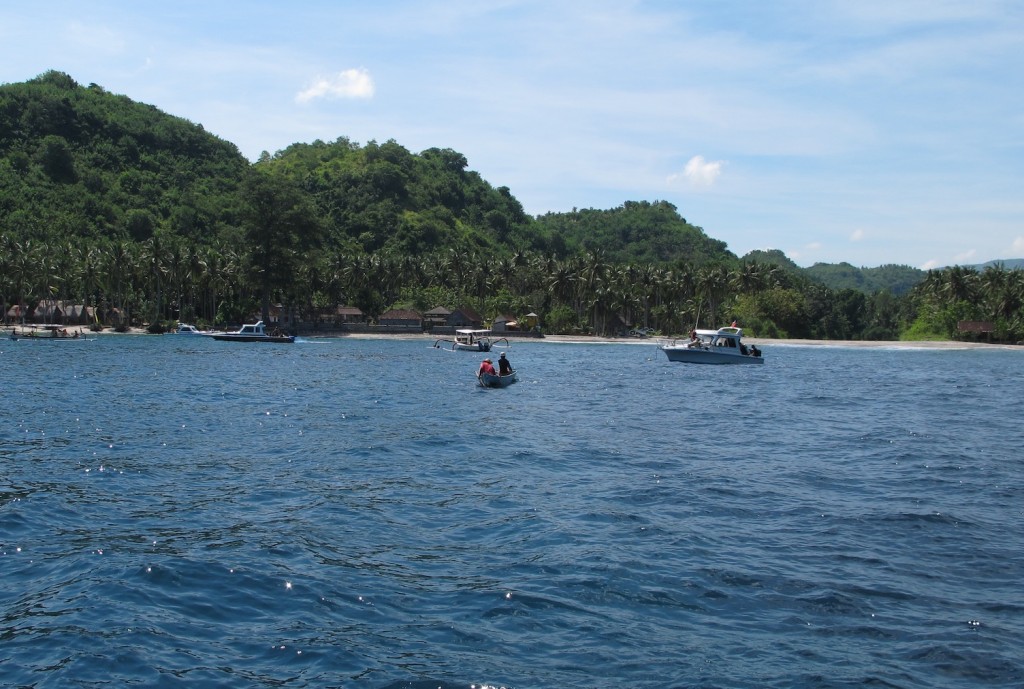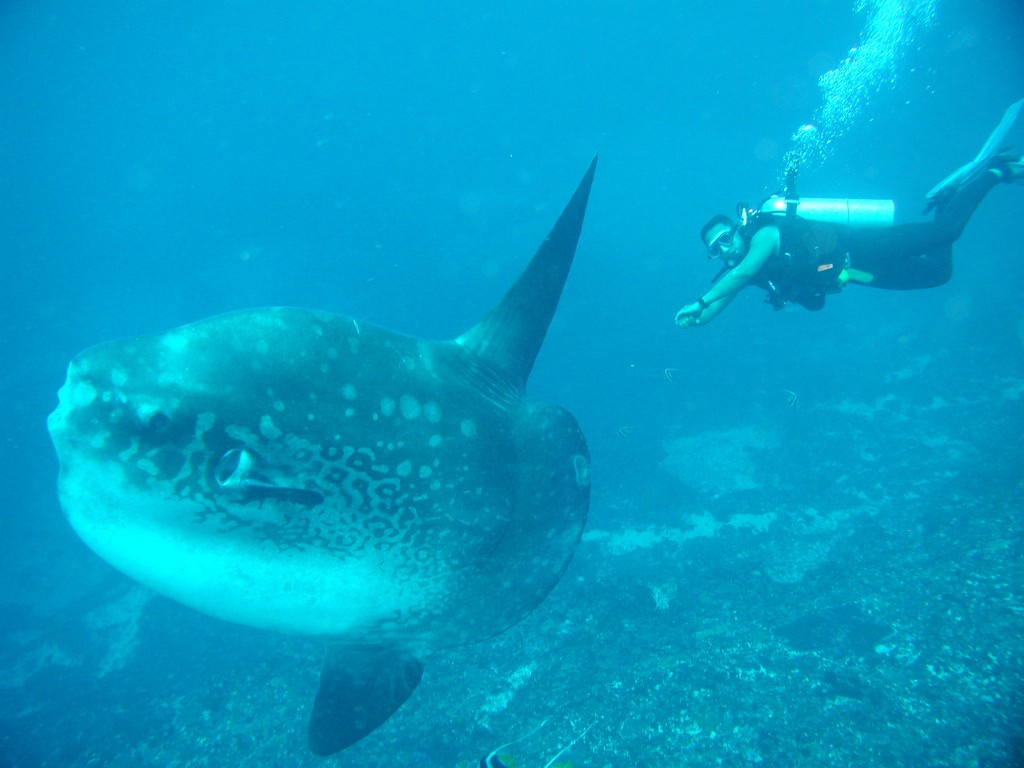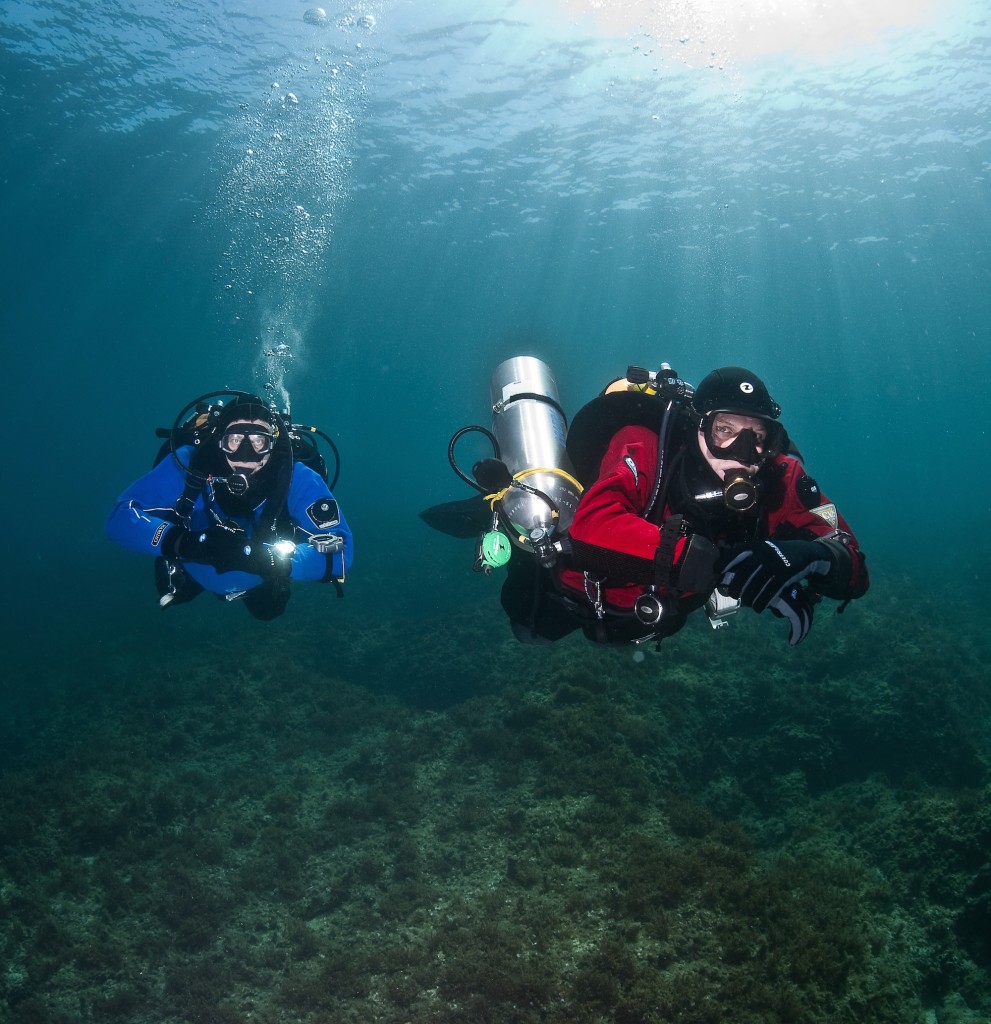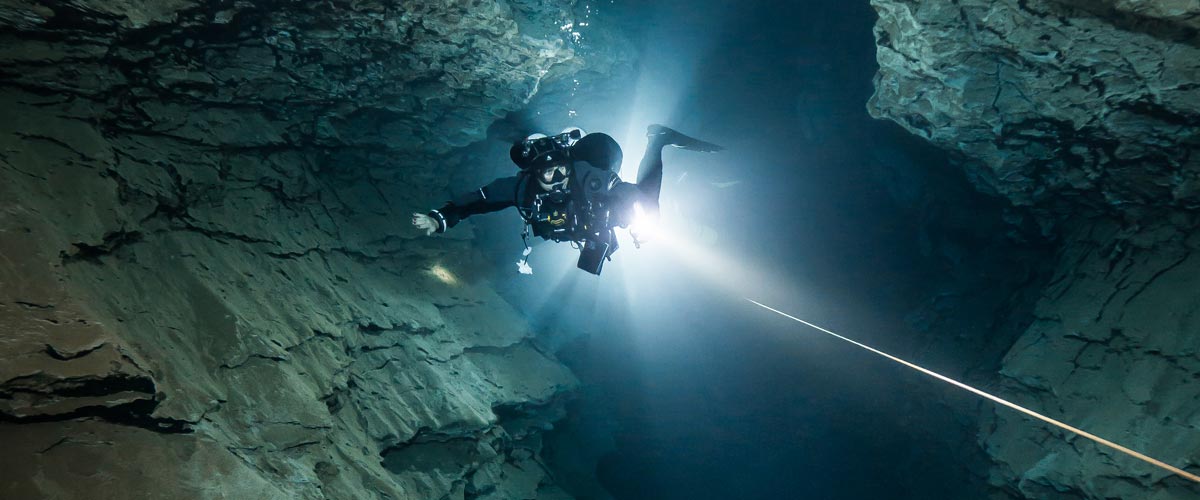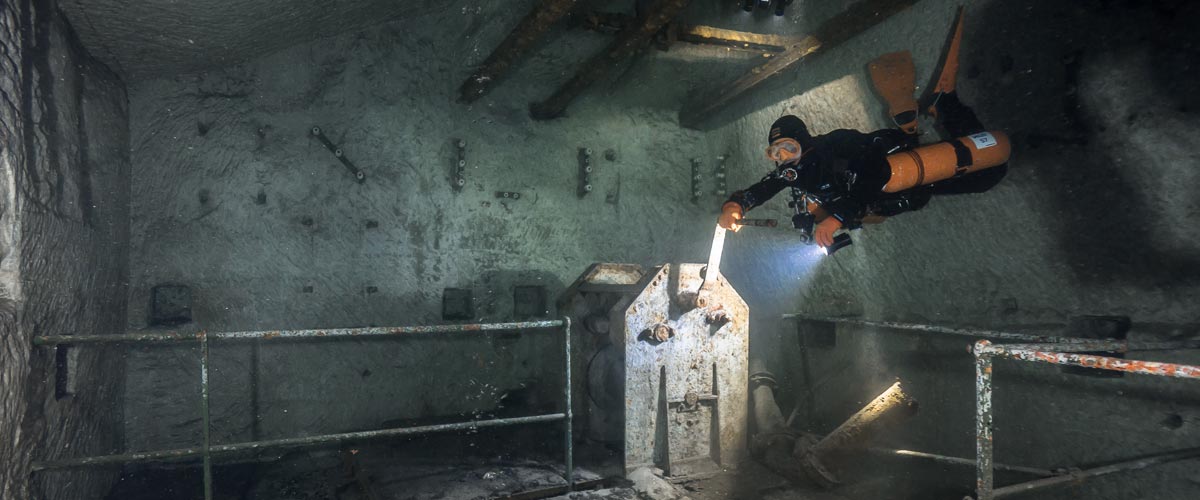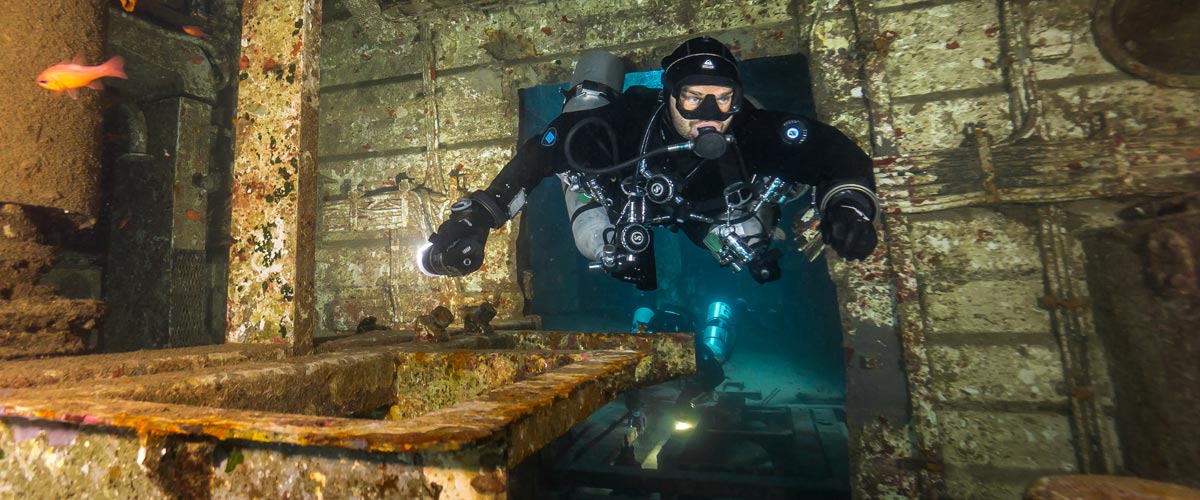Dive Training Blogs
Scuba Professional: Column No. 6
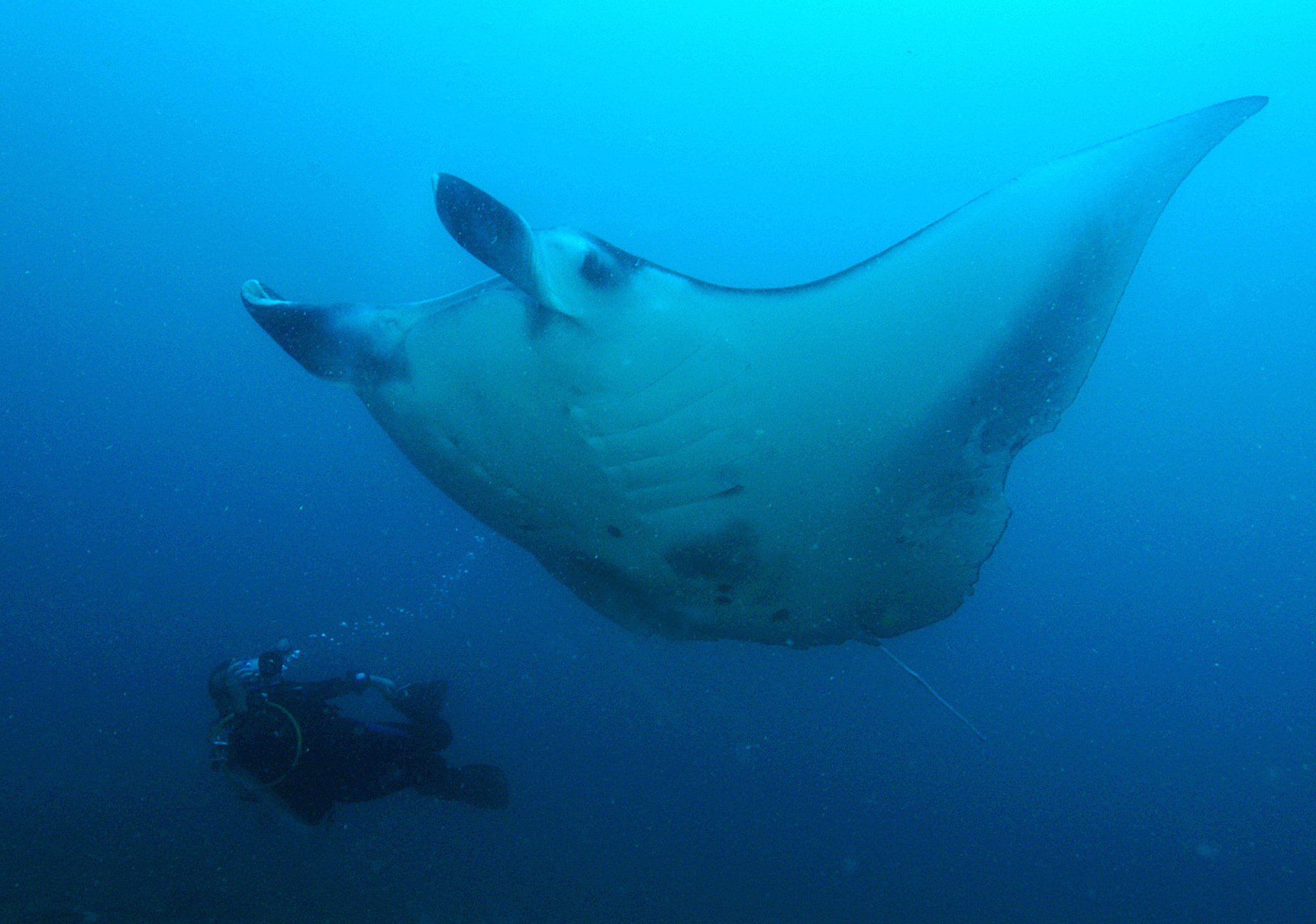
School’s Out!
When is a technical dive not a technical dive? When complacency sets in, even the most experienced of scuba divers can make mistakes that could cost them their lives…
The group of four guys who star in this story are all instructors and trained technical divers. One day last year they decided to go out on a dive to look for manta rays and mola-mola, the oceanic sunfish that Bali’s Nusa Penida is famous for attracting at certain times of the year.
It would just be the four of them: no new divers or guests around to distract them or spoil the fun. They were aware that the search for the mola-mola could take them into deep water, so they were all equipped with back-mounted double cylinders or twin side-mounted independent single cylinders. A couple of them had just completed a sidemount course in open water and were practicing with this new configuration. Their back gas was air and they also had decompression cylinders on the boat filled with NITROX 40.
As they were gearing up on the boat, one of the divers clipped on a decompression cylinder but the other three decided against carrying an extra cylinder on the basis that it would just over-burden them.
What a Dive!
It was an eventful dive. They descended on to a shallow cleaning station and immediately found a group of manta rays sweeping in to get serviced. However, the ocean swell crashing against nearby cliffs and then rebounding made it difficult for the divers to maintain their position in the water. They often had to swim hard against the surge to keep the mantas in view.
Once they had seen enough manta action they headed into deeper water away from the cliffs in search of a thermocline and, they hoped, some mola-mola hiding in the cooler water below. At around 36m they found exactly what they were looking for. A blurry shimmer in the sea announced the presence of a cool upwelling. Two enormous sunfish were lurking beyond, the parasites on their large disc-shaped bodies being picked off by a school of black, yellow and white bannerfish.
The divers were understandably excited and stayed watching and photographing the sunfish for several minutes. Looking at their computers they knew they had gone into decompression but they were quite relaxed about this. After all, they all had at least two cylinders. They could think about taking care of whatever decompression burden they had accrued when they eventually got back to the shallows. Unfortunately, none of the divers were monitoring their air supply closely so they didn’t realise that the combination of the surge, the depth, the cold water and the thrill of seeing all the big fish had caused their breathing rate to increase.
The Fun Turns Serious.
It was the diver with the decompression cylinder who noticed first. He glanced at the gauges on his side-mounted twins and saw to his surprise that he had only 40bar and 60bar remaining. He signalled to the others that he was ascending and started to move up beyond the thermocline and back towards the shallows. After a few minutes he felt a tug on his arm and turned to find one of his buddies showing him that the pressure gauge on his doubles was reading 20bar. After a few minutes of confusion, during which they used up even more of their rapidly diminishing breathing supply, the diver who had the most air unclipped his decompression cylinder and passed it to the other diver. They then both headed up to start their decompression stops which by then totalled over 30 minutes.
Focussed completely on their own problems and buffeted by water movement in the shallows, the two divers drifted apart and became separated. The diver who now had the decompression cylinder was fine. He completed his stops comfortably and eventually ascended alone and returned to the boat.
The other diver was now regretting handing over his emergency gas as it dawned on him that, without it, he no longer had enough gas to complete his own decompression. The sight of the other two divers coming towards him raised his hopes. However, they were swiftly dashed when he saw what their gauges were showing. They were in exactly the same predicament as he was.
With air supplies down to almost zero, the three divers decided that their best option was for one of them to go to the surface, omitting his remaining decompression stops, swim to the boat, get a couple of full cylinders with regulators attached and come back down with them. The diver with the least amount of decompression time remaining bravely volunteered.
Luckily, all the divers survived unharmed. The diver who had blown his stops and redescended spent the journey back to the dock breathing emergency oxygen as a precaution but he felt no symptoms of decompression illness. Nobody spoke much on the return journey; it had been a chastening experience.
While the Cat’s Away
There is a popular maxim that says, “While the cat’s away, the mice will play.” There they were, all good divers who knew what they were doing, on a fun dive looking for big fish. There was nobody else around: no technical instructor to judge or reprimand them: no trainee divers who might follow their example. School was well and truly out! So why not just relax and let the rules slide for once? No need to worry about planning. They all had two cylinders and lots of air. If they ran into a bit of deco, they would just do the stops. What could go wrong?
Telling the story later, they described this as a technical dive. This was not a technical dive. A technical dive has pre-set parameters and is planned in detail with potential risks assessed and prepared for. This was just a deep, long dive in difficult conditions approached casually and carelessly by a group of divers who should have known better and who could have ended up paying for their carelessness with their lives.
The certification cards they hold show that they were all trained in decompression diving procedures by good technical diving instructors and all had the skills to execute a deep, long dive successfully. They had all planned a number of complex technical dives in the past and knew how to calculate gas requirements, compute decompression plans and work as a team to ensure the safe return to the surface of all the divers in that team.
Instructional Issues
So what went wrong?
What they had apparently not been taught sufficiently well is that the rules and procedures for decompression diving apply to all decompression dives, not just dives when someone is looking over your shoulder or when you have students with you. It is possible also that they were not accustomed to taking responsibility for the planning when no technical instructor was around. Perhaps their instructors had taken too much of a hands-on role during their training and had not prepared them adequately for dives when no instructor was present?
When instructors are teaching a course at any level, they must make sure that the students realise that they are not being taught the skills and procedures just in order to pass the course. If you are a student, you must understand that your instructors are not asking you to dive in a certain way just to please them or to satisfy training agency requirements. What you are learning are new habits that need to be practiced beyond the training course, on every dive, whether your instructor is there or not.
Shared Blame
Instructors get used to students depending on them. Many actually grow to like the feeling! However, while dependency may give a boost to the instructor’s ego, it is not at all good for the student. By the final dive in any course, an instructor should be in the role of passive observer. Of course they are still responsible for the successful completion of the dive but they should not be a necessary component for the dive’s success.
The students, as a team, should be able to demonstrate all the skills and knowledge required to complete a dive at the level being taught without the instructor’s intervention or assistance. The reason for this is obvious. On the next dive they do at this level, the instructor will not be there. So if the divers are dependent in any way on the instructor’s presence in order to complete a successful dive, the instructor must add more training dives because they are evidently not yet ready to go out on their own.
Complacency Kills
The divers were exhibiting a mind set common in experienced and professional divers. They may preach the right way to others but at some point they have come to believe that the rules no longer apply to them. This is complacency and complacency kills. There are no occasions when the rules for safe diving can be ignored or bypassed.
Read more from Simon in “Scuba Professional – Insights into Sport Diver Training & Operations” and his bestselling book “Scuba Confidential – An Insider’s Guide to Becoming a Better Diver”, both available from Amazon or iTunes in paperback, e-book and audiobook versions. And if you have friends who are planning to learn to scuba dive, do them a favour and direct them to Simon’s latest book “Scuba Fundamental – Start Diving the Right Way“.
Blogs
Intro to Tech: What is it about?
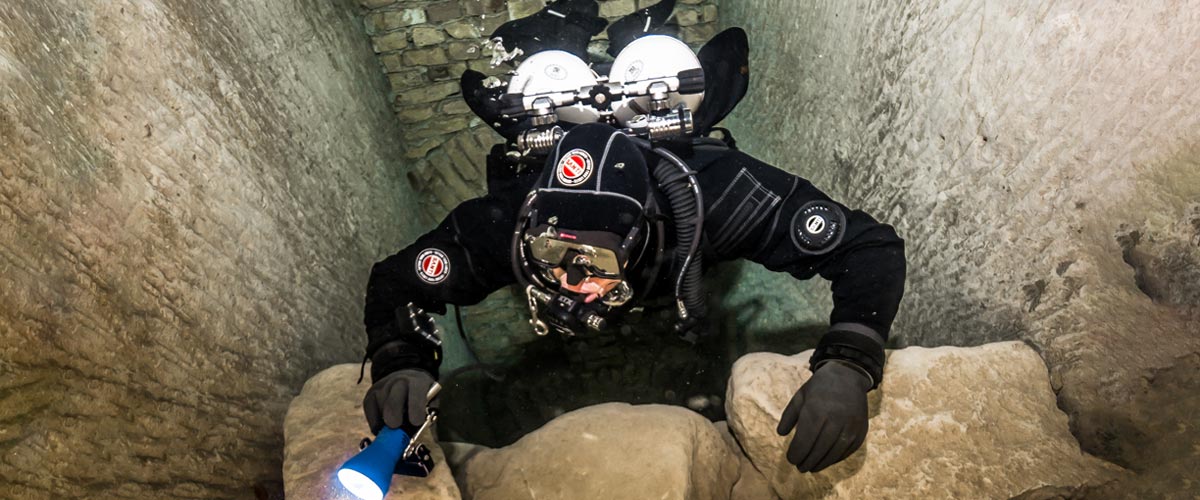
Article by José Pablo Mir
Pictures by Cezary Abramowski
The world of technical diving is exciting. It opens the door to new sites, depths, and bottom times. More importantly, it opens our minds to a new way of planning, facing, and experiencing dives, even those not purely technical.
Becoming a technical diver is a process, and like in other aspects of life, we should find the proper entry point that suits us best based on our knowledge and experience. The Introduction to Technical Diving course from TDI -the world’s largest and most recognized technical diving teaching organization- is the best option for divers who have yet to gain experience in the fundamental aspects of this new practice. The course’s content and its embrace of new techniques and technologies make it possible to acquire a solid foundation to learn and gain experience in this practice properly.
Becoming a technical diver is not something that happens overnight, whether deciding to become one or receiving a certification card stating we are now technical divers. It is a slow process extending farther away than any introductory course. It requires effort and dedication. But it will bring us satisfaction from day one -or two.
It is a matter of mentality
First, we must understand and accept that technical diving, involving greater depths, longer bottom times, exotic gases, virtual or real ceilings, and more, comes with higher levels of risk than the sport diving we have been practicing until now.
Although this discussion usually starts with a warning about risks, as I’ve done in the previous sentence, our practice is not a game of chance.
Technical diving is a rational activity that requires maturity and good judgment, and we will put everything into ensuring that each dive is a successful one -meaning we return from it safe and sound. With this understanding, we will strive to establish a mental attitude more aligned with our practice and its realities.
This new “technical diver” mindset we will develop will lead us to be more cautious in our executions, more analytical in our plans, more rational in our strategies, and more detailed in our procedures.
Experience will keep teaching us to know ourselves better, to keep our anxiety and other emotions under control, and to manage our impulses. Over time, our senses will sharpen, and we will be more attentive to the particulars of the situation we find ourselves in.
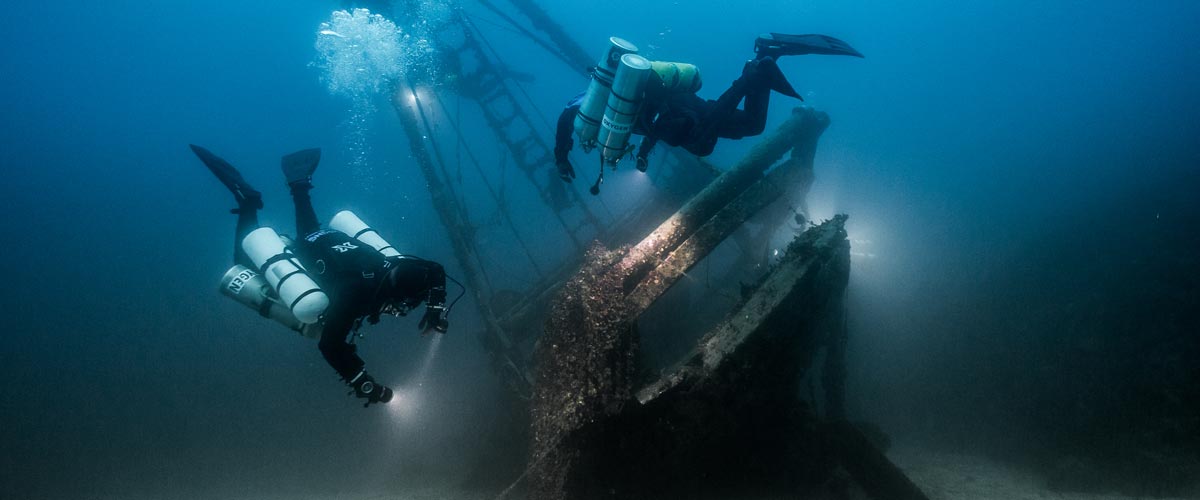
Strategies and procedures
Our strategies, those broad guiding lines tracing the path to follow, from how to approach planning to where, with what, and how we are willing to get there, will be more specific and more practical. Not because they magically become so, but because we will consciously and deliberately frame them that way.
We will establish clear, concise, and realistic procedures. Not only for the undesirable situations that may present themselves but also for those that are part of our dive objectives.
Even though, as technical divers, we often use equipment different from what we were previously accustomed to, it is essential to note that the gear does not make the diver. In a way, we could consider such equipment as the necessary tools to implement what our goal seeks to achieve, according to our strategies and procedures.
Technique plays an important role
We must put our greatest effort into learning and perfecting the different techniques we will be acquiring. Buoyancy, trim, propulsion, cylinder handling, deploying DSMBs and lift bags, valve drills, and more are essential skills we must begin to master to progress in our art. What we cannot do, when we need to do it, can harm us.
Our techniques must be effective and achieve the purpose for which they were devised. But they must also be efficient and require the least resources possible, including the time they take and the effort they demand. Effectiveness and efficiency will prevail over beauty and other considerations that may come to mind, although none of them should be mutually exclusive. A technique executed efficiently and effectively tends to have an inherent beauty.
Refining techniques is a lifelong mission. Some of them will be easy to master from the go; others, on the other hand, will be our life mission and will require many repetitions just to resemble the idea we have in mind of how they should be executed.
We must consider the environment
Our learning, the needs and musts of the practice we engage in, the experience we gradually gain, our strategies and procedures, and even our equipment and tools change with the environment.
Diving in the ocean, everything about us must be suitable for ocean dives. Conditions there rarely emulate those found in a pool, lake, or river. Variable winds and currents, greater depths, visibility conditions, other divers with uncertain skills around us, marine life, maritime traffic, distance from the coast, and many other factors add complexity and uncertainty.
It is never necessary to master the pool on the first day, but planning and aspiring to gradually cope with the ocean’s conditions is essential.
The cost of good training
We are aware that our resources are often scarce in relation to the possibilities of use we could give them if they were not. To a greater or lesser extent, we are part of the economic reality in which we are embedded.
Fortunately, the cost of good technical diver training is not an entry barrier. Comparing training and equipment costs, we see that the former are generally lower. Yes, lower cost for personalized service, essential to our future
performance and safety, than for a series of mass-produced products that are mere, albeit necessary, tools for an end.
The value of good training
The value of the training we received encompasses a range of characteristics, from emotional and methodological to technical and technological. TDI and its Introduction to Technical Diving course offer a deep and modern approach, with a teaching strategy that aims to create thinking divers, not merely obedient ones.
As technical divers, our knowledge is our primary tool. In this type of activity, what we don’t know can harm us.
Is this course optional?
Unfortunately, the fact that this Introduction to Technical Diving course is not a prerequisite for any subsequent training is an invitation to consider it optional. And we all know what usually happens to “optional” under budget constraints.
However, this course should be seen as optional only by those divers who are somehow familiar with the use of technical equipment, who have a mindset more in line with the requirements of this type of diving, who plan and execute the dives the proper “technical” way, who know their gas consumption rate, who are not intimidated by non-decompression tables, who feel comfortable using their dive computers, and know the techniques and have at least an acceptable level of buoyancy, positioning, and propulsion. Those can go straight to a more advanced training course, such as TDI’s Advanced Nitrox.
We must ask ourselves whether or not we are in that group.
Remember our goal: to have fun
Recreational diving is our passion. Jumping into the water carrying heavy equipment and having properly dotted our I’s and crossed our T’s have only one ultimate goal: fun. This is the activity we have chosen as a hobby. We must enjoy it; it must give us pleasure and make us vibrate.
Having a good time is not optional!
Blogs
Four opportunities to go pro in 2024 with Dive Friends Bonaire
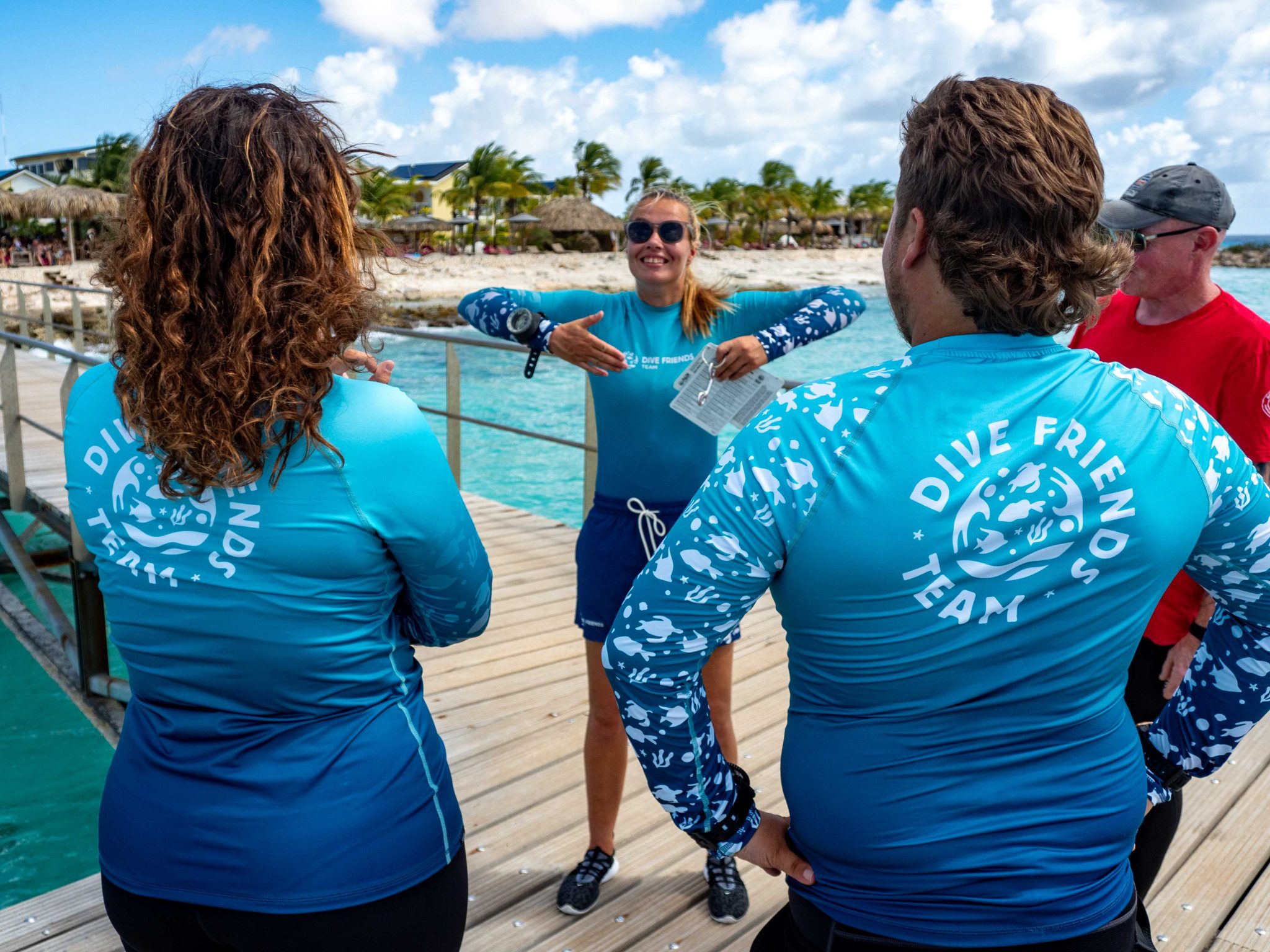
Dive Friends teaches the Instructor Development Course (IDC) several times a year to students who are eager to share their passion for diving with the world.
Dive Friends is known for the personal approach throughout the course. Their in-house course director will lead the students through every essential step, mentoring them to achieve their fullest potential as a dive instructor.
Applications for the following IDC start dates are now open:
- 12 April
- 5 July,
- 20 September
- 29 November
Partnership with Casita Palma
If the student opts for the IDC-Deluxe or IDC-Supreme package, their accommodation will be arranged for them at Casita Palma. This small and quiet resort is within walking distance from Dive Friends Bonaire’s main dive shop location and has everything you need to relax after an intense day of IDC training. Breakfast is included, so the student will always be fuelled and ready for their day.
Contact Dive Friends Bonaire’s Course Director Eddy for more information: coursedirector@divefriendsbonaire.com.
-

 News3 months ago
News3 months agoHone your underwater photography skills with Alphamarine Photography at Red Sea Diving Safari in March
-

 News3 months ago
News3 months agoCapturing Critters in Lembeh Underwater Photography Workshop 2024: Event Roundup
-

 Marine Life & Conservation Blogs2 months ago
Marine Life & Conservation Blogs2 months agoCreature Feature: Swell Sharks
-

 Blogs2 months ago
Blogs2 months agoMurex Resorts: Passport to Paradise!
-

 Blogs2 months ago
Blogs2 months agoDiver Discovering Whale Skeletons Beneath Ice Judged World’s Best Underwater Photograph
-

 Gear Reviews3 months ago
Gear Reviews3 months agoGear Review: Oceanic+ Dive Housing for iPhone
-

 Marine Life & Conservation2 months ago
Marine Life & Conservation2 months agoSave the Manatee Club launches brand new webcams at Silver Springs State Park, Florida
-

 News3 months ago
News3 months agoWorld’s Best Underwater Photographers Unveil Breathtaking Images at World Shootout 2023


